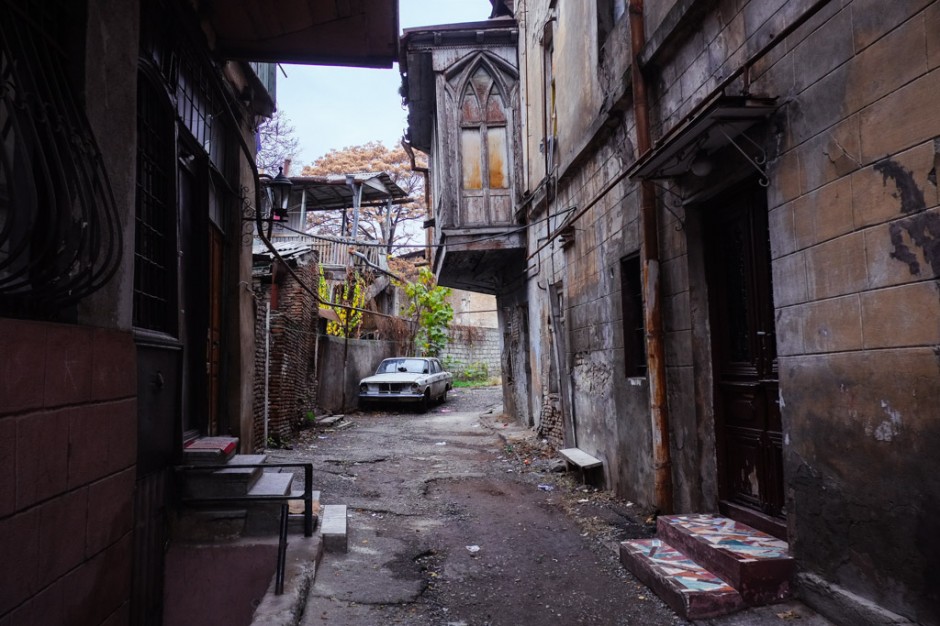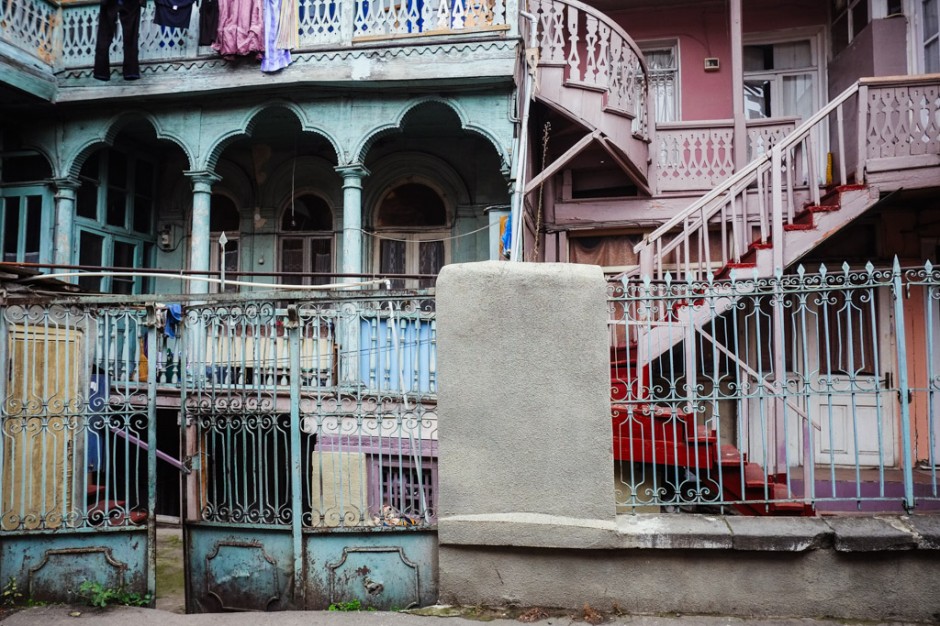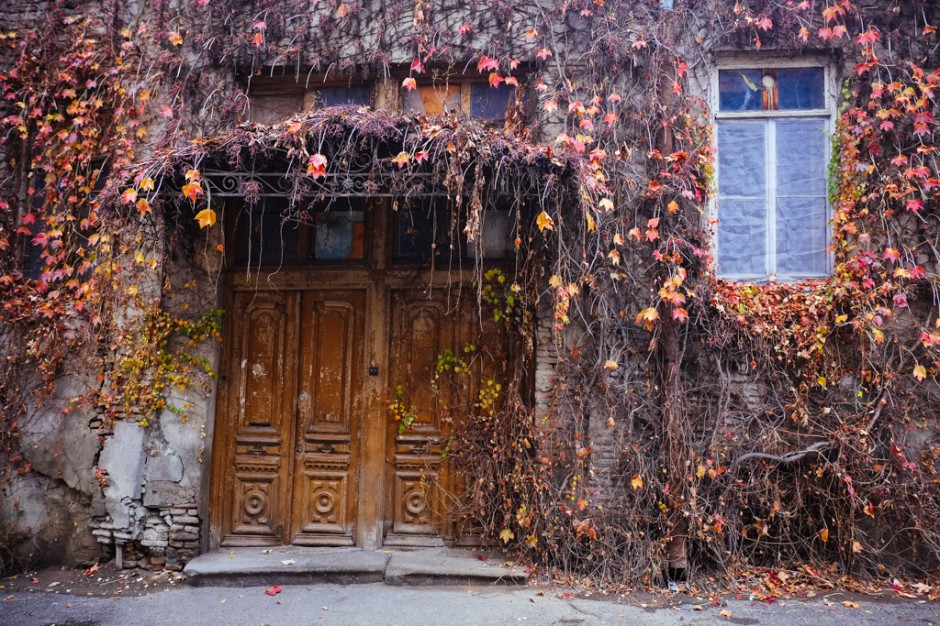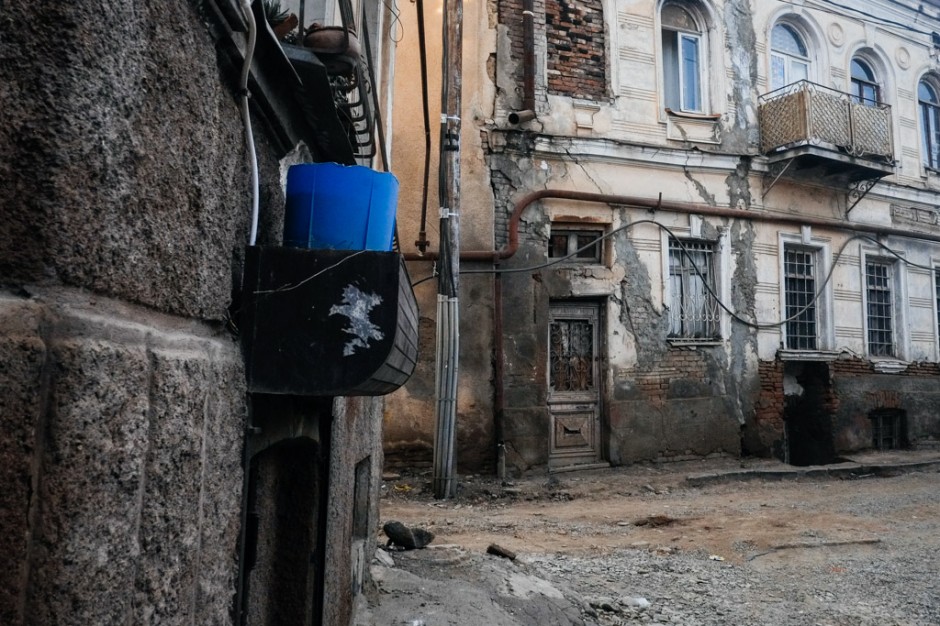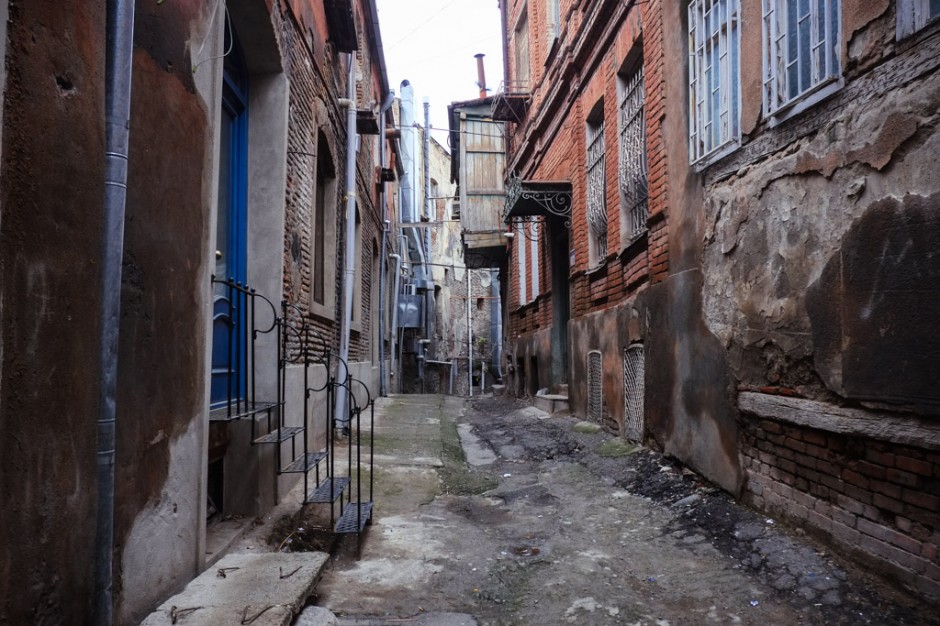Tourism is big business. Big enough to change culture itself. Where there is a buck to be made, it will be made — as fast and as efficiently as possible. The architects of the capitalist world we live in are unstoppable, and cashed-up tourists are soft targets in this game.
And so, Old Tbilisi, the historic quarter at the very heart of the modern capital city of Georgia, is being changed beyond recognition. Transforming from a beautifully decaying authenticity, Old Tbilisi is becoming a shiny and hollow scintillation, filled with ever more opportunities to load up on cheap souvenirs and imported beer. Is this the birth of yet another tourist trap?

